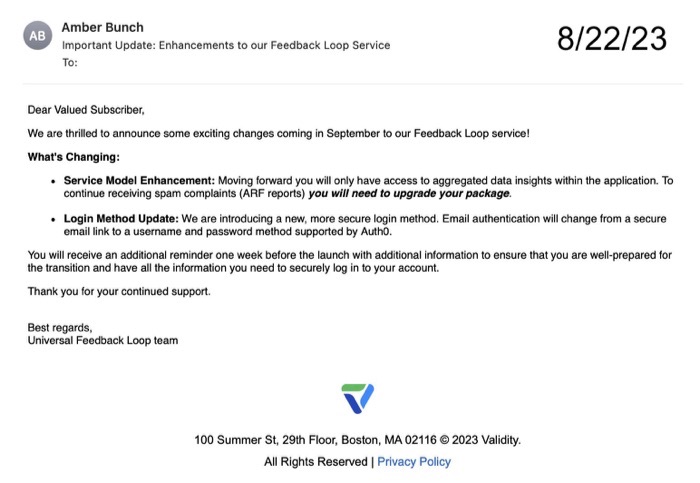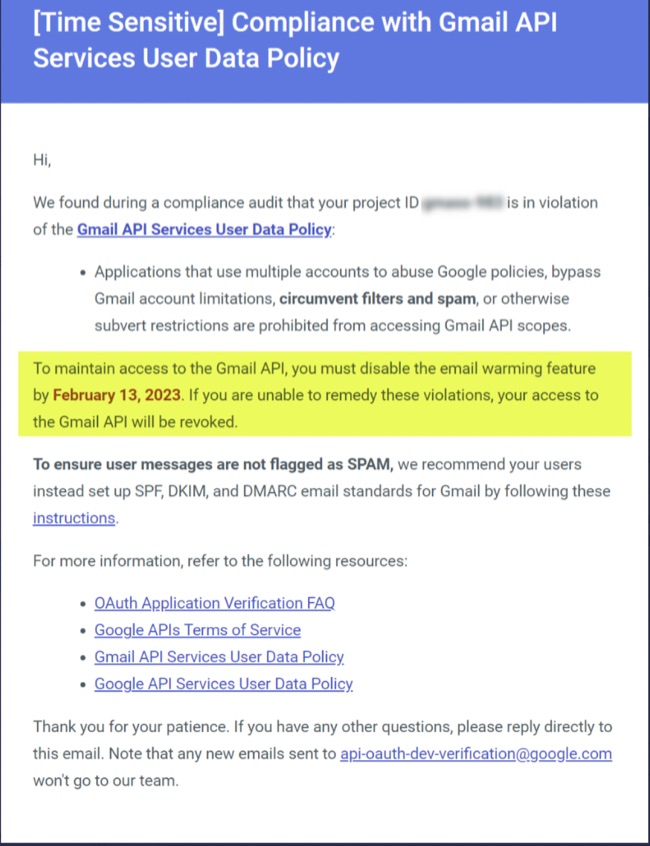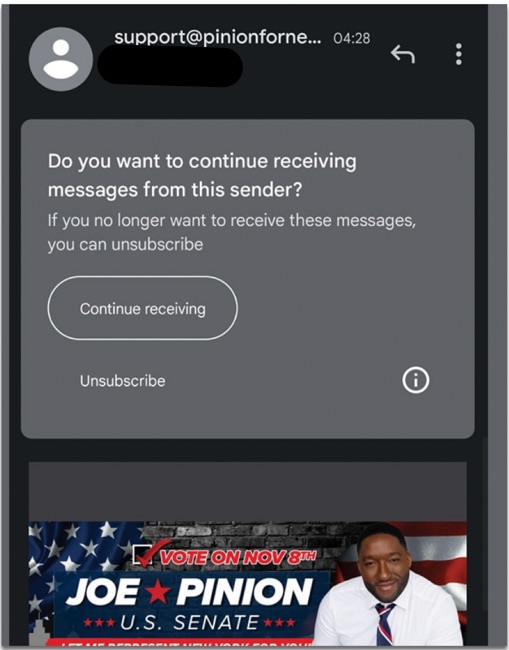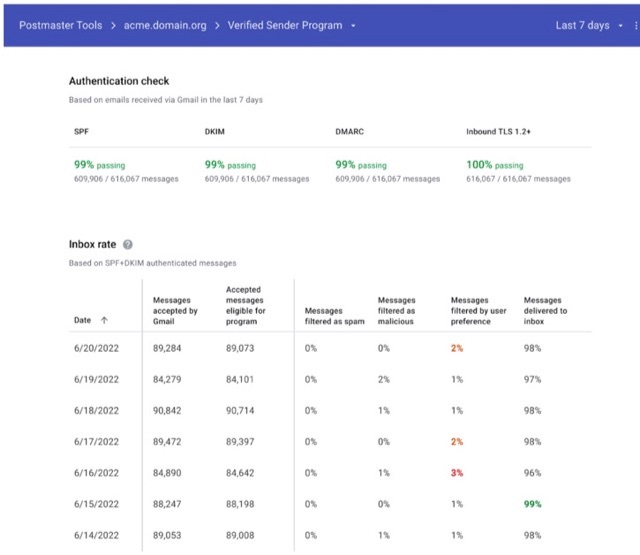Wondering how to entice your followers and leads to sign up for your mailing list? And how to make sure that only those who really want your email sign up, so that they help your deliverability and don't hurt it? The best way to do this is to offer people something of value for free if they sign up for your mailing list. This is known as a lead magnet, because it is attracting leads to your mailing list and to your business.
The new 2024 email sending requirements for Google and Yahoo are causing a lot of concern among email senders, but they needn't. In fact, the odds are good that you are already doing everything that you need to, or, if you aren't, you already know that you should be. The bottom line is that the general requirements are simply: Have proper authentication set up (SPF, DKIM, and DMARC - yes, all three), have the required one-click unsubscribe link in your headers in all of your bulk email, and keep your spam complaint rate down in the negligible zone (more on that later).
By now you may have heard that Validity is going to start charging for access to their FBL, which they call the Universal FBL because they have made it the single point of access to the FBLs of so many ISPs. Here are all the details, including how much it will cost you.
The email industry is abuzz today with the news that Validity (nee Return Path) is about to start charging for access to the feedback loops (FBLs) which they have carefully cultivated and curated for years. This week their customers received one of two letters indicating that Validity was going to start charging for access to their Universal Feedback Loop.
Google is ending a pilot program that allowed political campaigns to bypass the spam filter, and they have filed a motion to dismiss the lawsuit that the RNC filed against them. Note that Google is not 'restarting' spam filtering in Gmail for political campaigns, as claimed by some, and that's because they never stopped. Confused? You won't be, read on.
Users of mass email services such as Gmass, Woodpecker, Lemlist and others, that have been using Gmail's API to send bulk email that tricked recipients into thinking that they were receiving personal one-to-one emails, have been put on notice today by Google: "Applications that use multiple accounts to abuse Google policies, bypass Gmail account limitation, circumvent filters and spam, or otherwise subvert restrictions are prohibited from accessing Gmail API scopes."
If you're looking for the promised "this is spam" option that Google promised with it's new Gmail political campaign pilot program (you know, the program that lets political campaigns sign up to by-pass the Gmail spam filter and go right to your inbox), you're not alone. Oh, it's there, but it's hidden.
Google's Gmail Verified Sender Pilot Program for political campaigns is up and running, and political campaigns can now apply to be part of Google's program which allows political campaign email to bypass the spam filter and be delivered directly to Gmail users' inboxes, but only once unless the user doesn't click on the big red "I don't want this" message that will accompany it.
Just as with any other industry, the email deliverability and email marketing industries have their own […]






